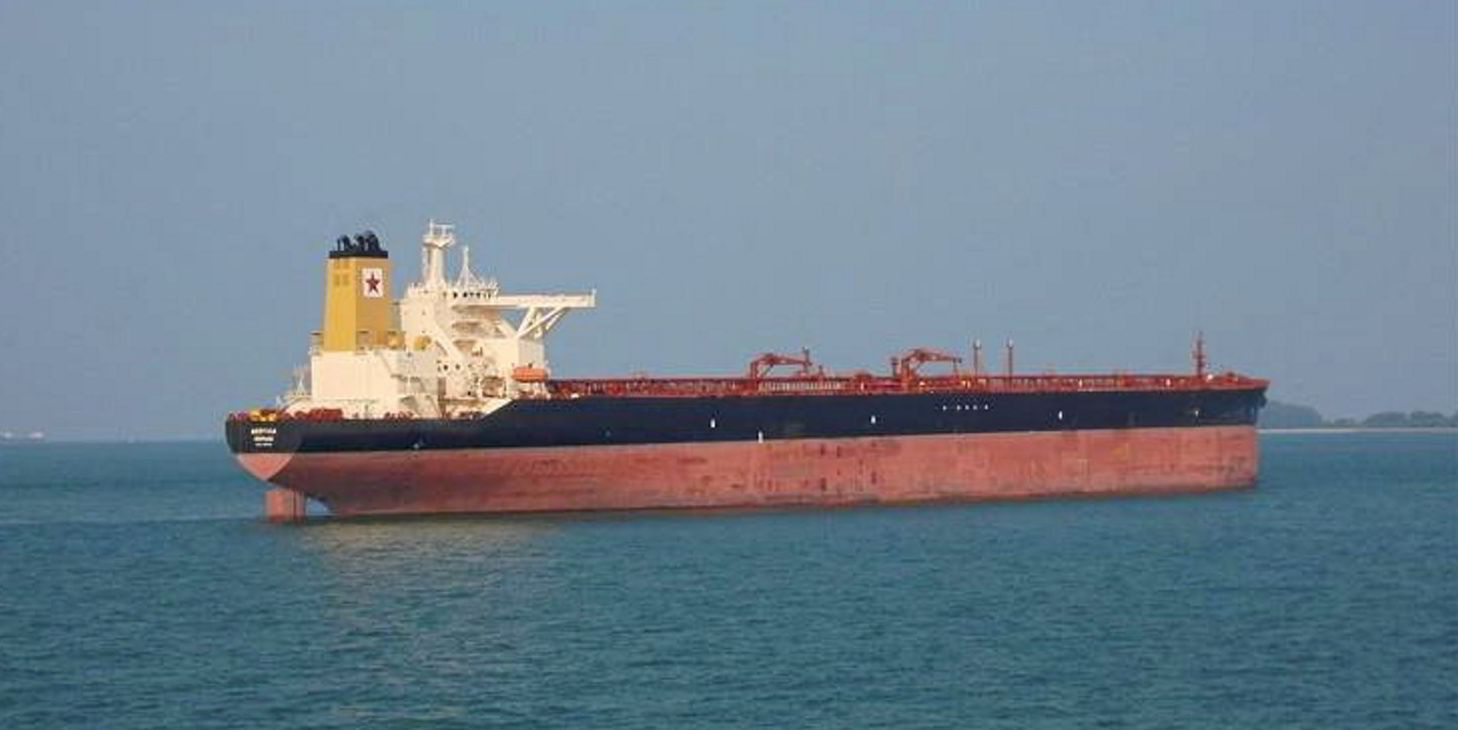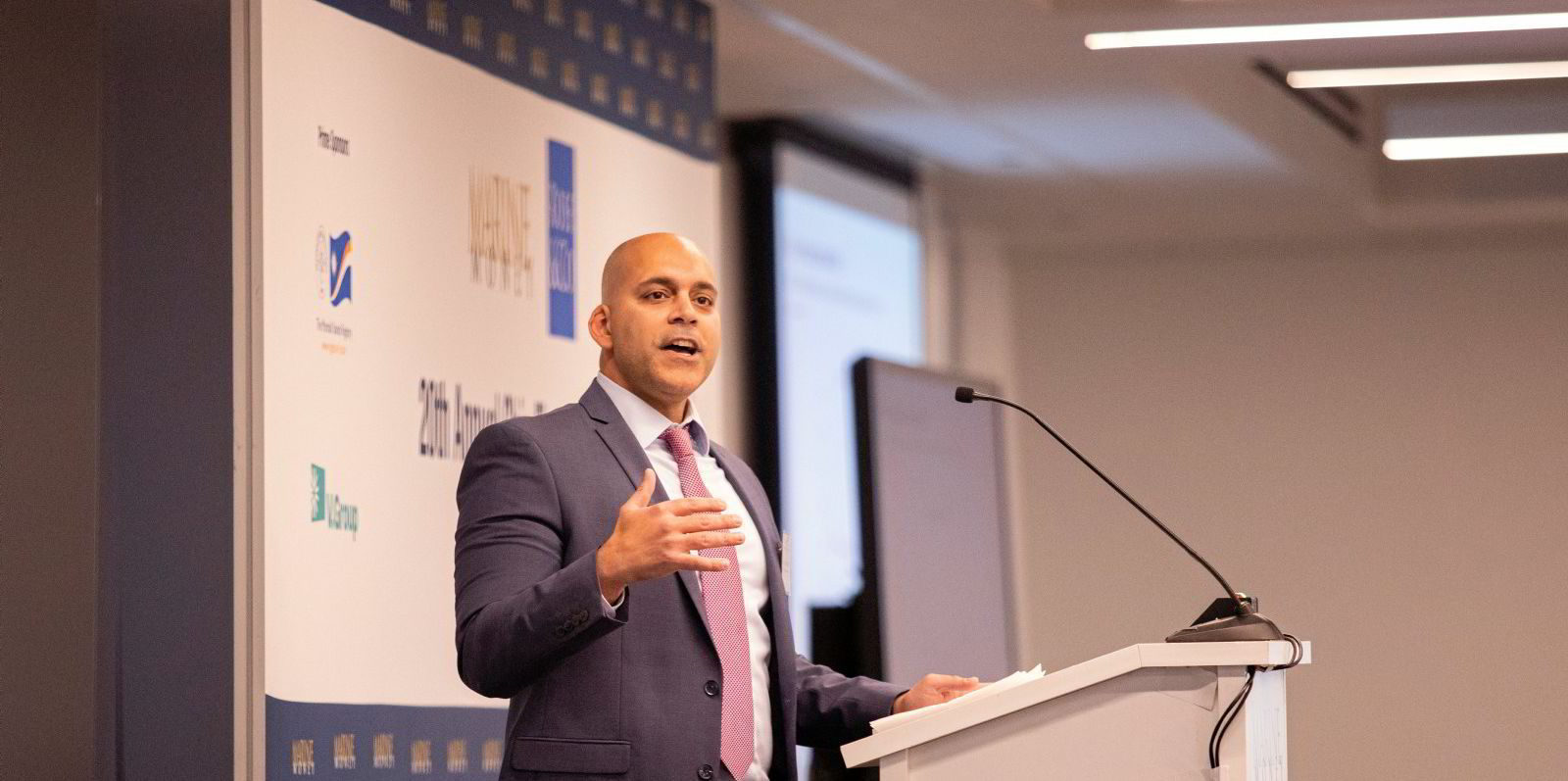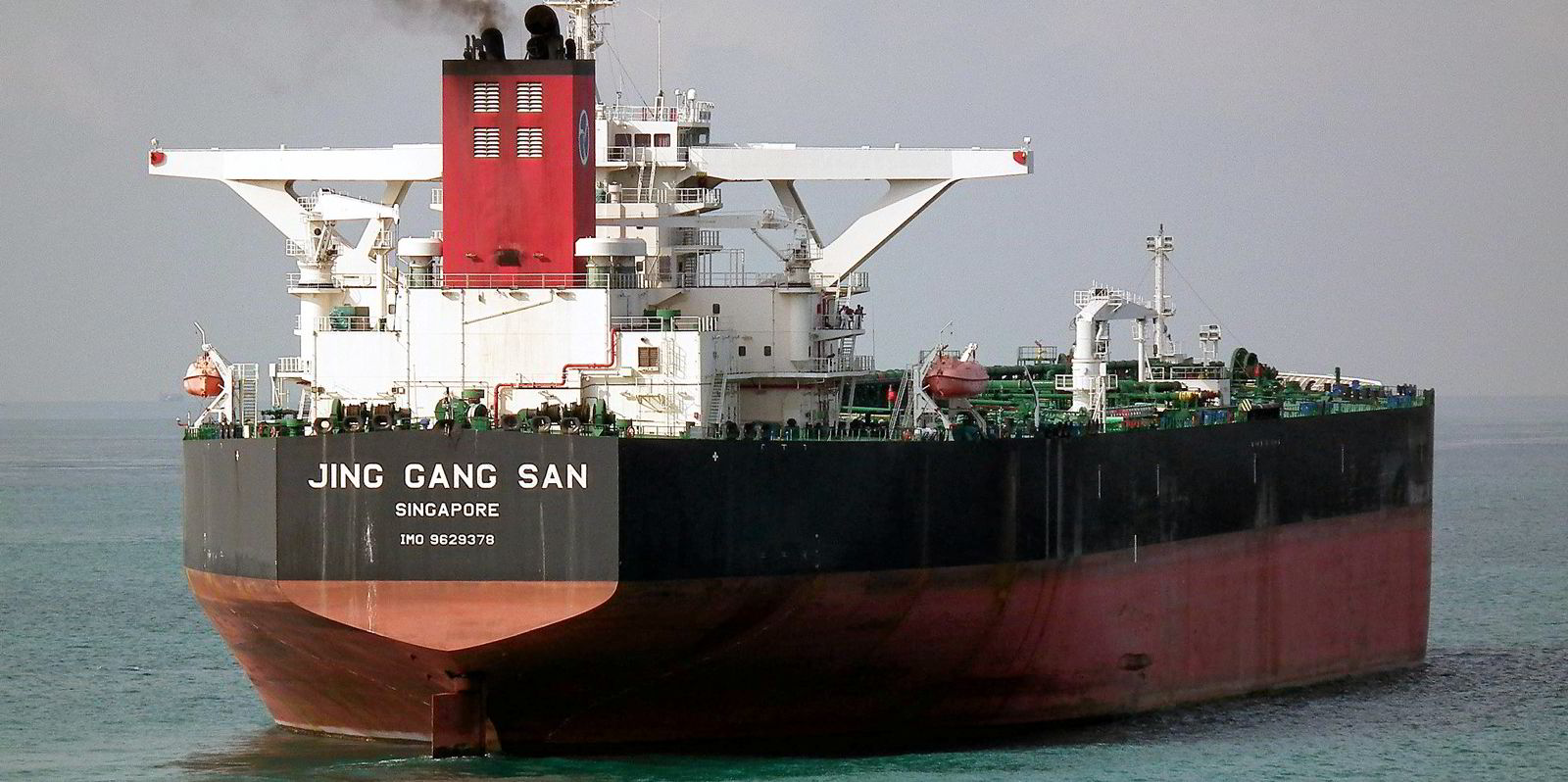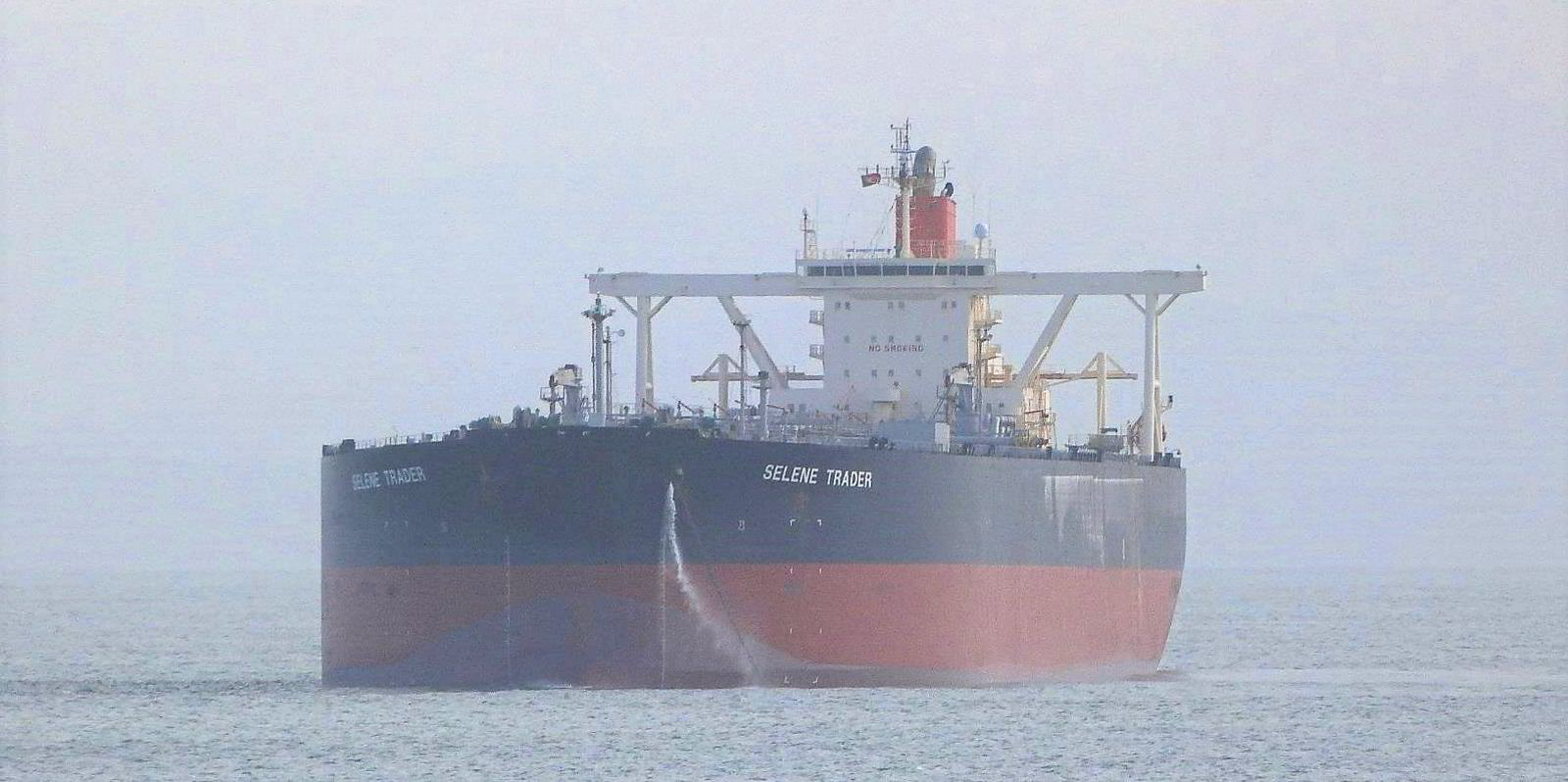Tanker owners have benefited from share price rises and VLCC rate improvements since the Opec+ group announced a modest production rise for January.
But problems of vessel oversupply and unwinding of storage contracts remain.
The Opec+ producers will pump out an extra 500,000 barrels per day (bpd) of crude next year, the group said on Thursday.
The news caused VLCC spot rates to jump to $20,000 per day on average, the highest level since mid-September.
"Market consensus had been for a delay to any additional barrels by a few months, and thus the agreement comes as a positive surprise, though still a generally modest figure compared to the amount of production currently offline," said Clarksons Platou Securities analysts Frode Morkedal and Omar Nokta.
The analysts said the move was a "small step that will gradually bring the tanker market back into balance".
More rises coming?
And Opec+ intends to review the potential of adding a further 500,000 bpd each month, which would bring potential additions to 1.5m bpd during the first quarter of 2021.
This compares to the initial plan of adding nearly 2m bpd in January that had become increasingly unlikely due to the slower wind down in oil stockpiles and concerns on softer demand due to rising Covid-19 cases, Clarksons Platou said.
Morkedal and Nokta added: "The market structure remains oversupplied in our view, especially with floating storage vessels returning to active trading, but we expect a gradual recovery to take shape in the coming months and quarters."
Opec+ production is running at roughly 4m bpd below pre-pandemic levels, the equivalent of 60 VLCC cargoes per month.
Tighter supply ahead
"As Opec barrels return to market, we expect a naturally tighter vessel supply situation to occur. The near-term headwind remains the return of VLCCs from floating storage, which amount to around 50 to 60 ships, considering the Brent forward curve has officially shifted into backwardation," the analysts said.
They argued that given normal winter volatility, the return of these vessels may be more easily absorbed as production taps flow.

"Any increase in production is typically positive for the tanker market and we expect additional barrels to be added throughout 2021, allowing for a likely gradual improvement in tanker demand throughout next year," Morkedal and Nokta said.
UK shipbroker Howe Robinson Partners said tanker owners had managed to push VLCC rates up in West Africa, Brazil and the US Gulf on Friday.
On the back of such activity, fixing price ideas from the Middle East have shot up, the company added.
The broker said charterers are taking their time before starting to cover stems due for lifting in the last 10 days of the year. Rates rose to $13,900 per day from the region, up 21% from Thursday.
US broking house Charles Weber reported that much of the action was in the Atlantic basin.
"The supply of tonnage remains sufficient to cover anticipated demand, but we should expect more owners to look at the ballast option to the Atlantic as they look to lock in the better returns in the West," the company said.
Tanker market sources have told TradeWinds that incremental Opec+ volume will likely be shipped to consuming nations rather than enter floating storage, lifting tanker demand slightly.
Norwegian investment bank Fearnley Securities said several shipowners saw equities rise 10% following the news, with product tanker players Diamond S Shipping and Scorpio Tankers logging gains of 11.6% and 10.4%, respectively.
"Whilst certainly a short-term positive for the tanker market, we continue to see a challenging market balance near-term and argue a continued cut from Opec+ would have been better for the tanker market overall as it would have allowed a swifter rebalancing of the oil market and as such paved the way for a more sustainable market recovery," said analysts Espen Landmark Fjermestad, Peder Nicolai Jarlsby and Ulrik Mannhart.
Impact lessened?
They are tipping more inventory draws, which is usually bad news for tankers, but the lower orderbook may mitigate the impact, as will growing transport volumes if oil demand normalises next year.
Clarksons Platou said tanker stocks were up 2% on average on Friday compared to a week earlier, making it the fourth week in a row of upwards performance.
Over the last month, crude tanker equities have gained 17%, while product tanker stocks have gained 23%.
Eric Martin contributed to this story.







